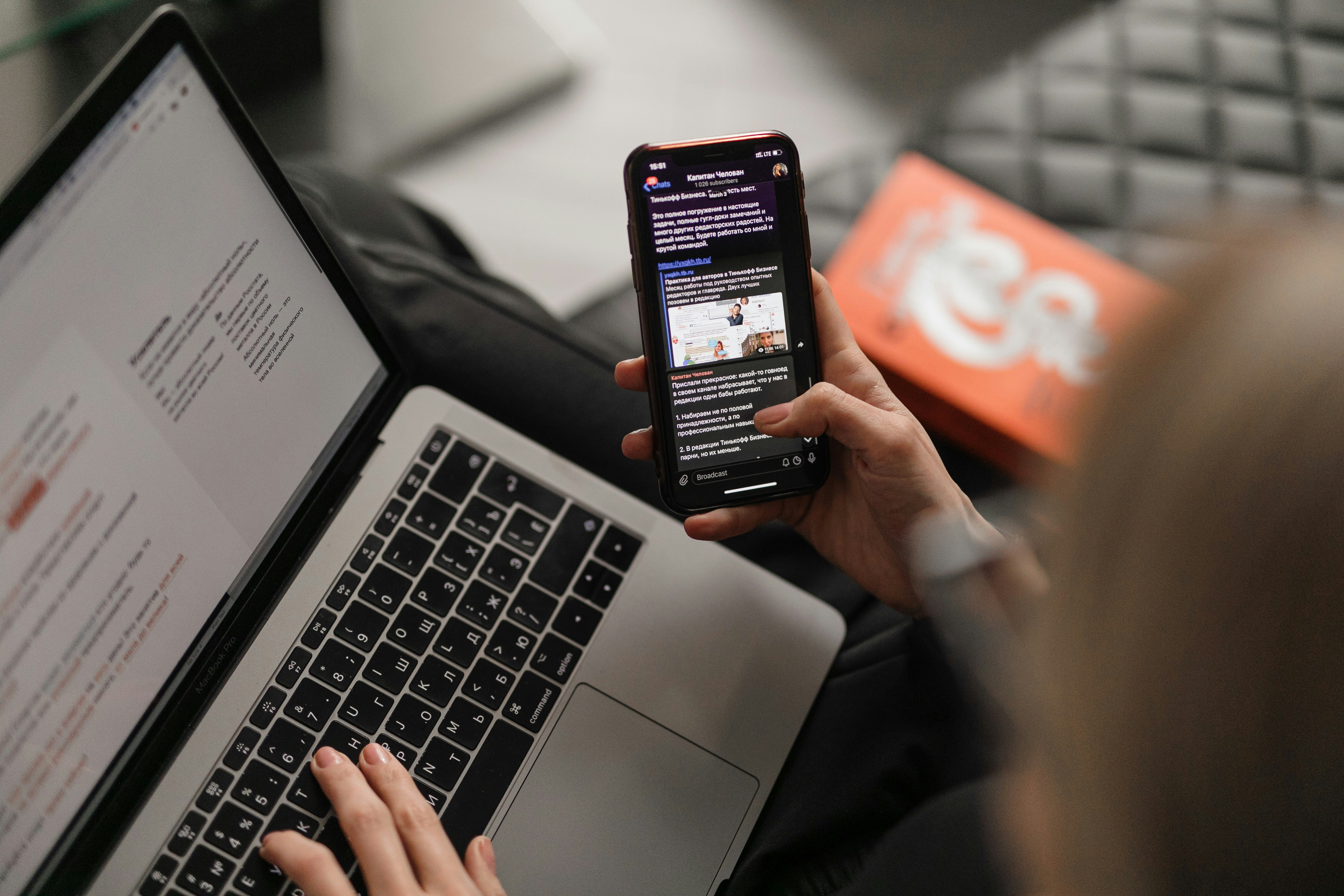1 Apr 2025
Another federal budget, another round of headlines and hot takes.
However what I’m yet to see is anyone able to explore beyond surface level into what the budget will mean for HR Generalists, TA, L&OD and Workplace Relations professionals. So here we are…
What should HR professionals actually be preparing for?
From workforce planning to retention, increased compliance to compensation - here’s what the 2025 Federal Budget could mean for different parts of the HR function.
What Does This Mean for HR Generalists?
If you're in a generalist role, you're likely already spinning multiple plates. This budget will only add more complexity to how you engage, retain, and support your people.
More movement between employers. With the phase-out of non-compete clauses (for salaries under $175K), expect increased internal conversations about mobility, retention, and counteroffers. You may see more last-minute resignations - and more poaching.
Wage benchmarking will get harder. With large investments into care sector salaries and trades, we’ll likely see wage uplift ripple across industries. But even if you're not in those sectors, employees will still be comparing the market.
Increased focus on cost-of-living conversations. As tax cuts and energy relief start to flow through, employees may feel a short-term sense of relief. But don’t mistake this for long-term engagement - it’s still an environment of financial pressure, and your benefits offering will come under the spotlight.
What Does This Mean for Talent Acquisition?
TA professionals are used to market shifts, but this budget introduces some new dynamics around candidate behaviour, availability, and decision-making.
Job seekers will be more open to making a move. The non-compete clause reform will see a cultural shift - expect more passive candidates to become active, especially in knowledge work and middle-management roles.
Expect more counteroffers. Employers will need to fight harder to hold onto high performers as mobility becomes easier. This might slow down your time-to-fill as candidates are swayed at the final hurdle, so upskilling teams in negotiation is key right now.
Increased competition for care, construction, and clean energy talent. With government dollars flowing into these industries, roles in those areas will become more appealing - drawing candidates away from lower-growth sectors.
New migration settings will change sourcing strategies. Keep an eye on visa reforms and skilled worker programs - these will shape talent pools over the next 12–24 months, especially in Melbourne where skilled migration plays a big role.
What Does This Mean for L&D and OD Teams?
If your job is about capability, change, or leadership development - you’ve got some interesting tides to navigate.
Skills investment = upskilling pressure. Government focus on trades and care sectors may drive more employers to double down on internal upskilling. Time to dust off those capability frameworks.
Workforce planning will need to get sharper. With certain industries becoming more attractive to jobseekers, organisations will need to develop clearer internal career pathways to compete.
Culture conversations will heat up. As employees feel the effects of policy changes (e.g. wage growth in specific sectors, tax relief), expect more questions around equity, fairness, and value exchange. How you communicate culture and values will matter more than ever.
What Does This Mean for Payroll and Remuneration Teams?
Yes, the changes to tax brackets are coming - but the implications go further than calculations and compliance.
Pay equity audits might reveal new gaps. With sector-specific increases (e.g. aged care), new wage relativities will emerge. This will likely force broader conversations about pay fairness even in unrelated roles.
Salary packaging and benefits will become a retention lever. As cost-of-living pressure continues, how you structure pay and benefits will matter more than ever - particularly for employees earning just under the $175K mark.
More demand for transparency. People will want to understand where they sit compared to industry benchmarks, inflation, and legislative changes. And they’ll want it explained clearly.
What Does This Mean for Workplace Relations?
If you're across ER/IR, my advice? Buckle up. This year’s budget (and its surrounding legislation) points toward increased employee mobility, fairness, and government involvement in employment conditions.
Non-compete clauses are on the way out. While the ban doesn’t kick in until 2027, now is the time to review contracts and consider the broader implications - particularly for roles just under that $175K threshold. Expect more disputes over what constitutes IP protection vs restraint.
Union activity will pick up. With a strong focus on wage increases in specific sectors (care, education), there's likely to be momentum and expectation-building in other industries. Be prepared for a rise in claims around underpayment or wage disparity.
Compliance pressure is growing. Ongoing industrial relations reforms continue to prioritise wage transparency, fair work practices, and dispute resolution. HR will need to ensure workplace policies and documentation are watertight - and that managers are trained to hold the line.
Psychosocial risks remain in the spotlight. While not directly budget-related, ongoing investment in safe and respectful workplaces reinforces the need for robust workplace conduct policies and early intervention mechanisms.
Zooming Out
This year’s budget continues a trend we’ve seen since 2020: more intervention, more sector-specific support, and more noise to cut through.
For HR teams, you’re not just planning for compliance, but for perception, for strategy, and for what might happen next.
Ask yourself:
Do our current policies reflect the way the workforce is evolving?
Are we ready to retain people in an environment of increased mobility?
What will our EVP look like when pay, tax, and benefits all shift?
How are we preparing for the downstream impact of wage lifts in other sectors?
The budget may have been handed down in Parliament - but how it plays out will be decided in your workplace. Is your organisation built for change or comfort?
I’m a Jobseeker
Submit your CV and let's find you your perfect match.
I’m an Employer
Find your next dream hire with us.







